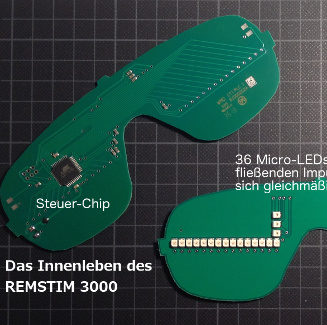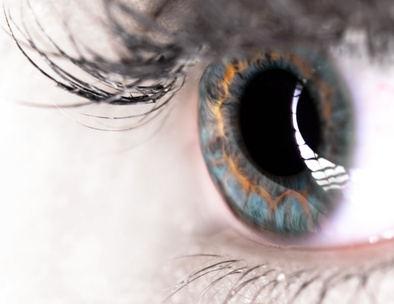How the back-and-forth of our eyes gives us more mental fitness
 Rapid eye movements help to improve memory, creative ideas and facilitate thinking. This is the conclusion of a study by psychologists Howard Ehrlichman and Dragana Micic1.
Rapid eye movements help to improve memory, creative ideas and facilitate thinking. This is the conclusion of a study by psychologists Howard Ehrlichman and Dragana Micic1.
Thus, participants in the study were required to find synonyms, which challenged associative memory. And the observations showed that especially complex tasks, which tested the subjects’ cognitive abilities in a special way, resulted in numerous rapid eye movements. In less difficult tasks, such as pressing a key in response to a signal, on the other hand, hardly any eye movements occurred.
To confirm their results, the investigators imposed restrictions on some of their subjects. For example, one group of participants was not allowed to move their eyes while solving tasks. According to their own statements of the participants, it was so much more difficult to solve the tasks set. In addition, 18 of 75 subjects were unable to meet the requirement not to move their eyes while engaged in the question. They did it anyway.
It seems obvious that eye movements and cognitive processes are closely related. The researchers concluded that rapid eye movements optimize the flow of information and thus the cooperation between the left and right hemispheres of the brain. Actively inducing this process is also referred to as bilateral hemispheric stimulation or rapid eye movement stimulation, among others.
Self-coaching with fast eye movements thanks to EMDR device REMSTIM 3000
The results are consistent with the experience of Rapid Eye Movement Stimulation users, only in reverse. This is because rapid eye movements are not merely observed as a consequence of increased mental performance, but are actively used to consciously improve one’s own mental and emotional memory performance on a regular basis through self-induced rapid eye movements.
For more than 20 years, these connections have been known from EMDR coaching. The REMSTIM 3000 stimulates rapid eye movements of the user as EMDR goggles in self coaching; regularly with the desired stimulation effects as a result expected from an EMDR device.
In addition to cognitive memory skills, it is also the patient’s own emotional skills that are improved by bilateral hemispheric stimulation and play an important role in reducing stress and other sensitivities.
1 Howard Ehrlichman and Dragana Micic, Why Do People Move Their Eyes When They Think?













